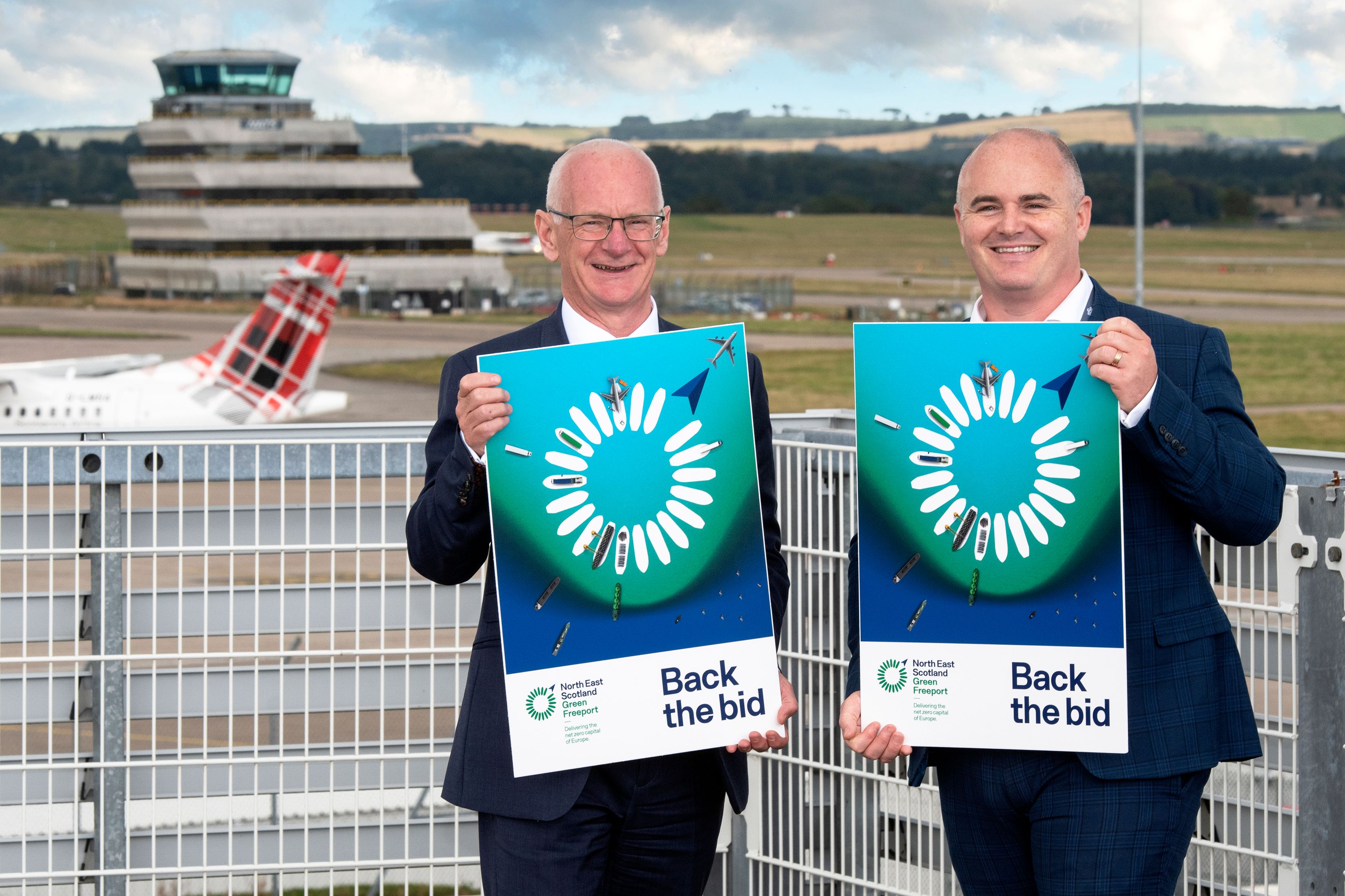Could Scotland become a leader in sustainable aviation fuel production? A bid from the North East Scotland Green Freeport says yes, and proposes to build a plant that would create up to 920 jobs and generate £133 million ($160 million) in GVA per year. This would make it a significant contributor to the UK's aviation decarbonization agenda: the jet zero strategy.The North East Scotland Green Freeport is a collaborative effort by Aberdeen International Airport, the Port of Aberdeen, Aberdeen City Council, the Aberdeenshire Council, and the Peterhead Port Authority. The SAF production plant is suggested to be located in St Fergus, not far from the North Sea coast.If given the go-ahead, the St Fergus site will be home to a facility that will create sustainable fuel from renewable sources, including household and post-recycling municipal waste and agricultural and forestry residues.Jon Matthews, Group Head of Capital and Planning at Aberdeen International Airport, commented on the potential St Fergus site.
“The SAF production facility at St Fergus is a key part of the region’s bid for green freeport status. It was identified based on the availability of feedstock required to produce SAF and the enabling carbon capture usage and storage (CCUS) infrastructure. Securing green freeport status would not only unlock the potential of this SAF plant, it would help retain and create jobs at St Fergus, which is actively seeking a just transition of workers to clean growth jobs.”
Direct air carbon capture and storage planned
The SAF plant is part of a larger bid to win the Green Freeport status and become the "net zero capital of Europe." The North East Green Freeport would also include a direct air carbon capture (DAC) facility, which could then provide CO2 for Power-to-Liquid fuels and green hydrogen.
Steve Murphy, Chief Commercial Officer at Storegga, the lead developer for the proposed Acorn carbon capture and storage facilities, said,
“The North East Scotland Green Freeport will accelerate and amplify the Scottish Cluster, including CO2 import facilities at Peterhead Port and Europe’s first at-scale direct air capture plant, which can support a new sustainable aviation fuel sector and help abate CO2 emissions from the transport sector.”
Why become a 'Green Freeport'
Over 100 senior business leaders and a cross-section of politicians have already signed a statement in support of the North East Green Freeport bid. A Green Freeport is a large zoned area within a defined boundary that includes a rail, sea, or airport. Operators within the area will benefit from tax reductions and other incentives but have to fulfill four different objectives:
- promote regeneration and high-quality job creation
- promote decarbonization and a just transition to a net-zero economy
- establish hubs for global trade and investment
- foster an innovative environment
Harnessing the area's natural resources for fuel alternatives
The UK will award up to two Green Freeport statuses to Scotland. Cllr Anne Stirling, Deputy Leader at Aberdeenshire Council, commented on the quest for Scotland to reach net-zero by 2045 - five years ahead of the aviation industry at large,
“Green Freeport status would strengthen the region’s capabilities of delivering this target and help establish Aberdeen as a global leader in the energy transition. The proposed SAF facility at St. Fergus is a strong example of Aberdeenshire’s potential to harness natural resources for the creation of sustainable fuel alternatives. Not only is this a positive step towards decarbonising the region, but the site would also create hundreds of green jobs and accelerate the just transition of our workforce."
An independent study has previously found that, by 2037, there could be up to 14 SAF production facilities in the UK, including one at St Fergus. These would create 6,500 direct jobs and contribute £929 million ($1.1 billion) annually to the UK economy, not counting export opportunities.


